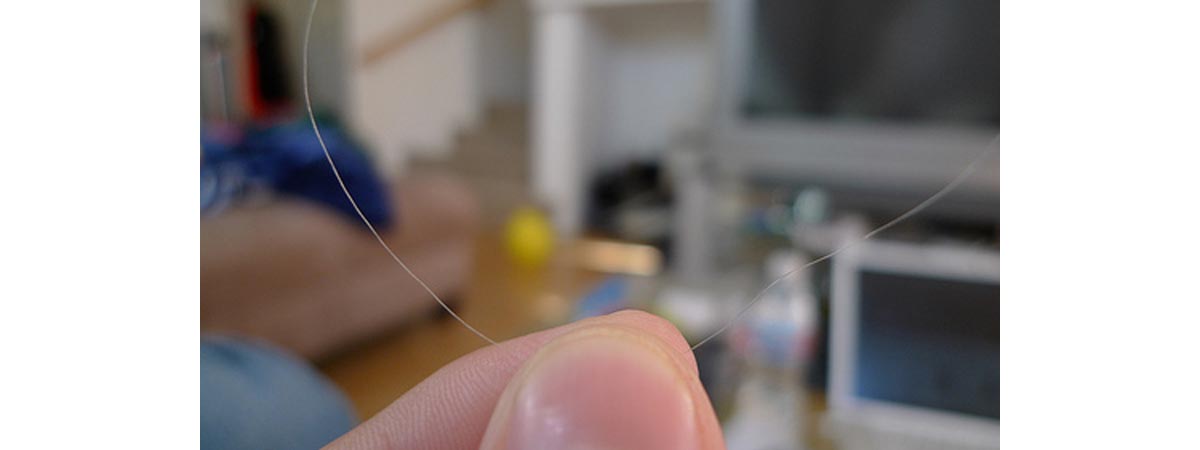Table of Contents
There have been intense speculations as to what makes the hair turn gray. It is believed that graying of hair is because of loss of melanocytes, the pigment forming cells, from the aging hair follicles. The activity of melanocytes is cyclical. During anagen phase of this cycle, the melanocytes actively produce melanin. Towards the end of this phase, these melanocytes stop melanogenesis. This is followed by the catagen phase which is marked by apoptosis driven regression. The last phase of this cycle is the telogen phase which is considered to be the resting phase. Scientists have postulated that various factors like exhaustion of the enzymes involved in melanogenesis, abnormalities in the DNA repair process, and antioxidant mechanisms are responsible for the graying of hair.

In 2009, a research published in the FACEB Journal, led by scientists from the Universities of Bradford, Mainz and Luebeck found that due to normal wear and tear of the hair follicles, hydrogen peroxide tends to accumulate in the hair follicles.
Further, hydrogen peroxide along with low levels of repair enzymes led to a disruption in the production of another enzyme called as tyrosinase. It is tyrosinase which is ultimately responsible for the production of melanin by the melanocytes. Impaired activity of tyrosinase means decreased production of melanin leading to grey hair.
Loss of melanin is also responsible for vitiligo
Researchers in the present study found that similar accumulation of hydrogen peroxide in the cells leading to loss of melanin is responsible for vitiligo, a skin condition characterized by patches of de-pigmented skin.
Although the condition is not contagious or life threatening, people suffering from it often have low self esteem. It is believed that nearly 2 million Americans suffer from vitiligo. Though vitiligo can be seen in people from all races, it tens to be commoner in people with darker skin tone.
Vitiligo usually starts as small spots of de-pigmented skin but gradually progresses to involve large irregular white patches. It generally begins in those areas of the body which are sun exposed like face, hands and feet.
The important signs of vitiligo include:
- Milky white patches on the skin.
- Premature graying of hair on the scalp, eyebrows and eyelashes and facial hair.
- Loss of pigment from the buccal mucosa, i.e. the mucus membrane covering the inside of the mouth.
- Loss of pigment from the retina
The three patterns of vitiligo are:
- Generalized- De-pigmentation of large parts of the skin. It is usually symmetrical.
- Segmental- De-pigmentation seen only on one side of the body. It is usually seen in younger people and is self limiting.
- Focal- De-pigmentation is limited to certain parts of the body.
There has been no specific cure of vitiligo until now. People suffering from this condition have often resorted to makeup to hide the skin patches, especially those on the face. Now, with the latest discovery, people suffering from vitiligo and grey hair may not have to depend upon cosmetic products. However, further studies are required before the pseudo-catalase cream becomes available to the masses.
- “Basic evidence for epidermal H2O2/ONOO−-mediated oxidation/nitration in segmental vitiligo is supported by repigmentation of skin and eyelashes after reduction of epidermal H2O2 with topical NB-UVB-activated pseudocatalase PC-KUS,” by Schallreuter K, Holtz S, Panske A, et al. Published ahead of print on April 29, 2013 in the American Societies for Experimental Biology journal, accessed on June 13, 2013
- “Senile hair graying: H2O2-mediated oxidative stress affects human hair color by blunting methionine sulfoxide repair,” by Wood. J, Decker. H, Schallreuter K, et al. Published on Feb 23, 2009 in the American Societies for Experimental Biology journal, accessed on June 13, 2013.
- Photo courtesy of Courtney Nash by Flickr : www.flickr.com/photos/cnash/2053617340/
- Photo courtesy of Dan Tentler by Flickr : www.flickr.com/photos/vissago/4080699603/

